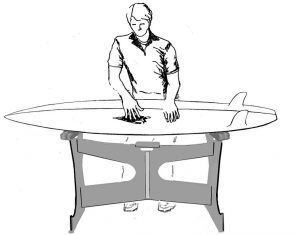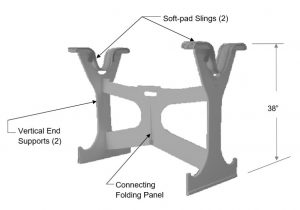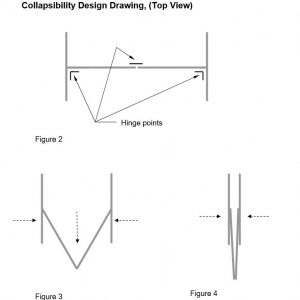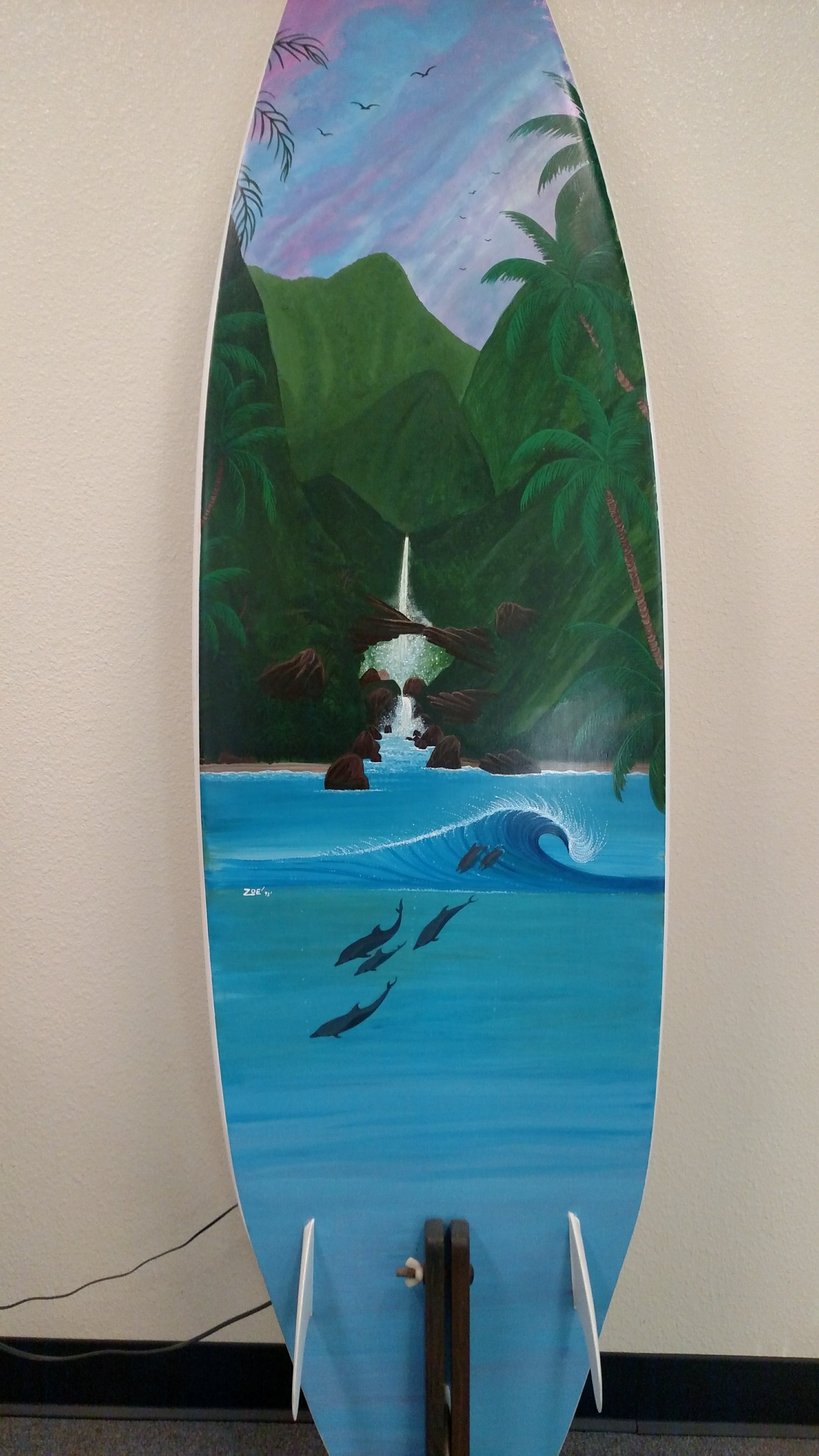Portable Surfboard Shaping and Repair Stand (Baltic Birch)

Portable Surfboard Shaping and Repair Stand (Baltic Birch)
$750.00
Description
History:
The first record of surfing was during the final voyage of Captain James Cook, 1779. Surfing was a central part of ancient Polynesian culture with the chief as the most skilled wave rider and having boards made from the sacred Koa wood. In 1821, European missionaries forbade surfing and crafting boards being associated with sacrificing and praying to their gods. Even so the artisans remained and boards from 9 to 18 feet were built and ridden.
Over 100 years ago three teenage Hawaiian princes brought board surfing to Santa Cruz, California, riding custom built redwood boards. then in 1907, Henry Huntington when opening his railroad to Huntington Beach, California brought George Freeth from Hawaii to demonstrate surfing. And the East Coast in Virginia Beach, Virginia, James Jordan was riding a12 to 15 feet redwood Hawaiian plank later whittled down 9 foot, and weighing 110 pounds. Surfing had found a home away from the Hawaiian shores and popularity increased due to the Olympic Medalist swimmer Duke Kahanamoku. Ref.1
The surges and pulses of an awesome ocean challenge surfers to make magic boards for riding those waves. A stand to work on and show their craftsmanship is prerequisite.

Surfboard Display, Shaping or Repair Stand
- The Surfboard Display, Shaping or Repair Stand was designed out of need for presenting, holding, or working on various sizes and shapes of surfboards. It has numerous features both in use and in storage—hereafter it will be referred to as the stand.
- The dimensions and characteristics of the stand evolved out of practical usage and artistic construction techniques. See drawing 2.
- The stand has
many unique characteristics
- A hand hole makes it portable when open or closed
- When an individual desires to put the stand out of way it collapses neatly into a space narrow enough to hide behind a door.
- Simplicity in opening and closing the stand is made possible by a collapsible hinge / locking system that holds itself securely in place when in use.
- The compact design (when in the collapsed position) allows easy transportation behind a seat or in the trunk of any vehicle.
- It is made from Baltic birch plywood so it is strong and light weight.
- The birch has a very rugged finish which is highly resistant to scratching with an oil based enamel finish on quarter rounded edges to resist moisture or damage to boards
- If the stand is left in the open position, it can be used to store at least 3 boards.
- .When working on or displaying a board it has numerous angles for holding the board.
- Drawing 2 describes specific stand
- Drawing 3 discloses functionality when open and in use.
- Describes the collapsibility of the stand for portability and storage
- Describes additional manufacturing specifics

Figure 1
The perspective drawing shows the stand in presentation construct:
Soft-pad Slings cradle a surfboard at various angle positions.
Boards can also be placed with the surfboard rail resting in the curve hook at the base leaning against the Vertical End Supports.

Figure 2: Stand in the open/display position, indicating the hinge points
Figure 3 Folding of the stand
Figure 4 Storable or portable construct



